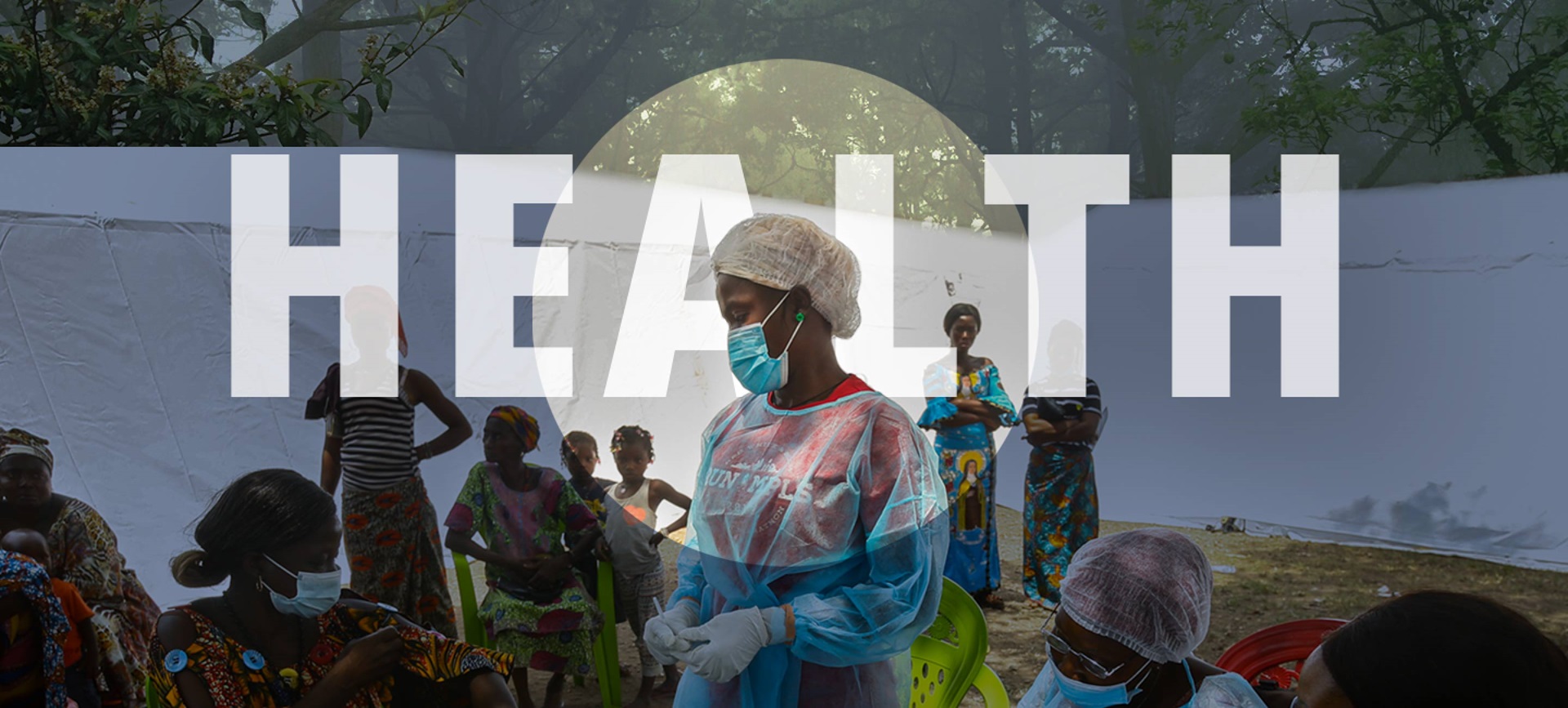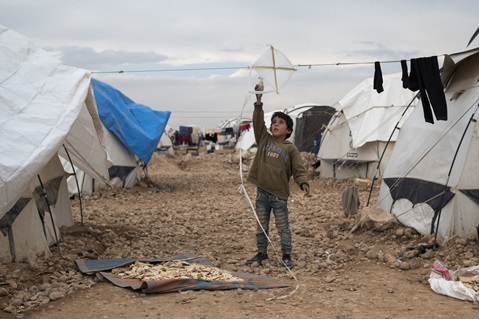- Home/
- Funding
Funding for emergencies
WHO thanks all of the contributors that provide funding or in-kind contributions to support our work preventing and responding to emergencies.
WHO's Global Health Appeal 2023

WHO needs US$2.54 billion to provide life-saving assistance to millions of people around the world facing health emergencies. WHO’s Health Emergency Appeal is a consolidation of WHO’s priorities and financial requirements for 2023 to carry out health interventions in emergency and humanitarian responses. The number of people in need of humanitarian relief has increased by almost a quarter compared to 2022, to a record 339 million.
Humanitarian Response Plans

Humanitarian Response Plans are based on rigorous assessment and analysis of need in identified countries. The plans include an overview of the situation, WHO’s objectives to address the health aspects of the crisis, and the funds that will be required to do so. They form part of the overall humanitarian response plans developed by partners in the wider humanitarian response.
Contingency Fund for Emergencies

The Contingency Fund for Emergencies (CFE) allows WHO to respond rapidly to disease outbreaks and health emergencies--often in 24 hours or less. This saves lives and helps prevent unnecessary suffering. Furthermore, a quick response dramatically reduces the costs of controlling outbreaks and emergencies, as well as the wider social and economic impacts. The CFE is not earmarked, giving WHO the crucial flexibility, it needs to act quickly in response to disease outbreaks, natural disasters, and humanitarian emergencies.
Central Emergency Response Fund
The Central Emergency Response Fund is one of the fastest and most effective ways to ensure that urgently needed humanitarian assistance reaches people caught up in crises. Established by the United Nations General Assembly in 2005 as the United Nations global emergency response fund, CERF enables humanitarian responders to deliver life-saving assistance whenever and wherever crises strike.
WHO Programme Budget

A United Nations helicopter lands in a field in Itipo, a remote village affected by the Ebola outbreak. The field had to be cleared by hand so that the helicopter could land and the response team could set up a base camp in the area.
WHO's Programme Budget Portal, provides details of the Organization’s work, financing and implementation progress. With quarterly updates the portal presents a better breakdown of our work, navigating through the different categories, programmes and outputs through which WHO’s work is delivered. Countries now specify the financial details at output level in order to meet WHO’s requirement for IATI compliance.
